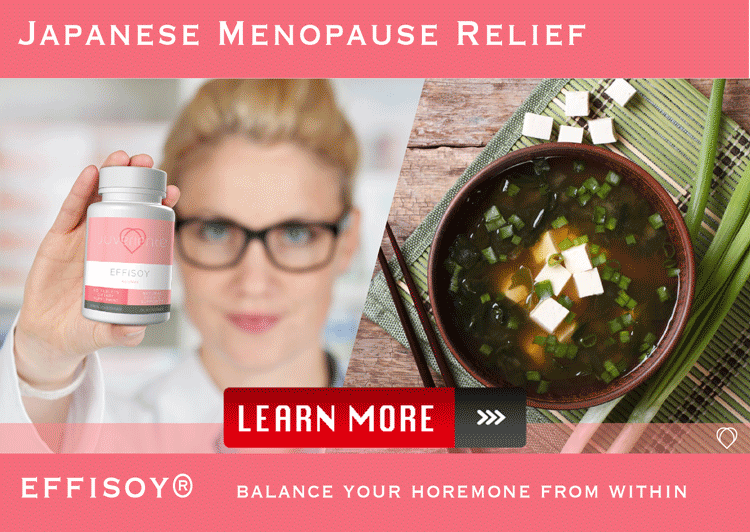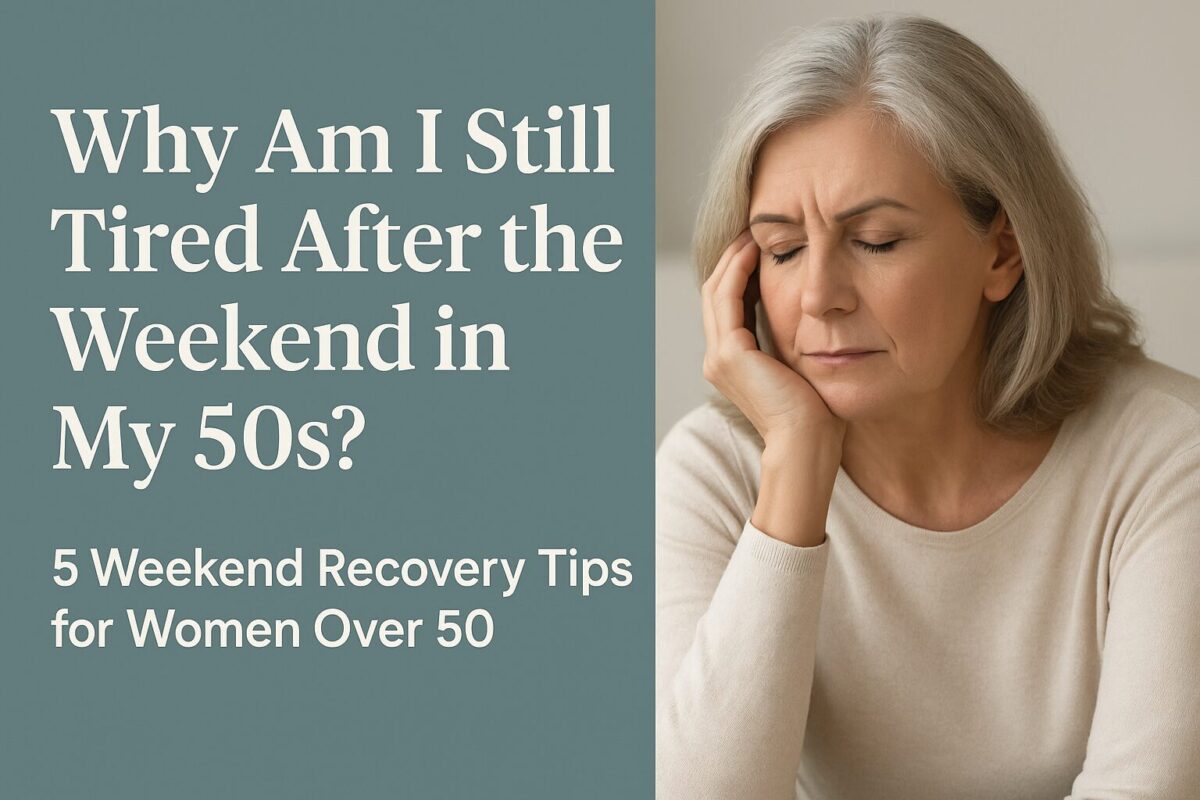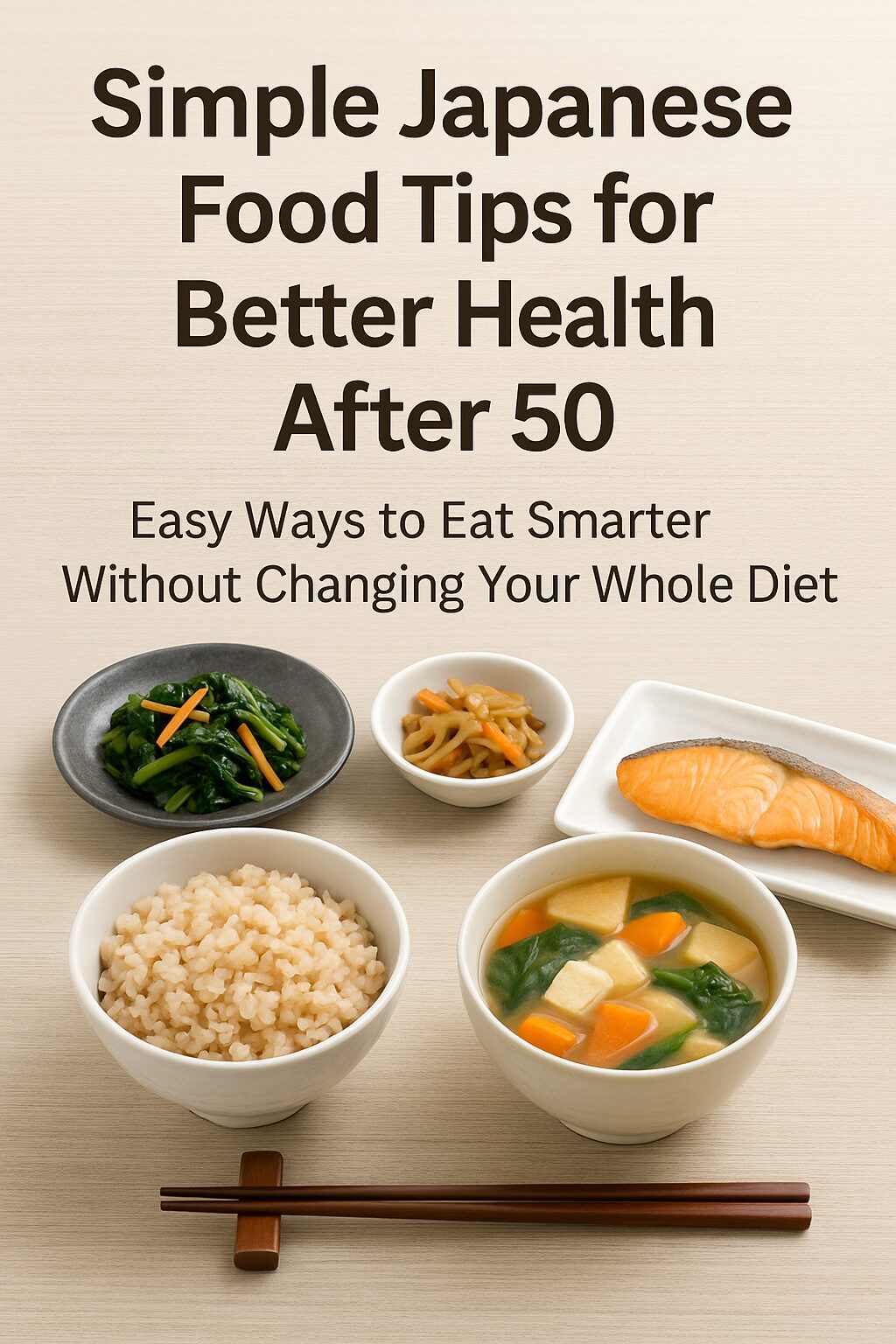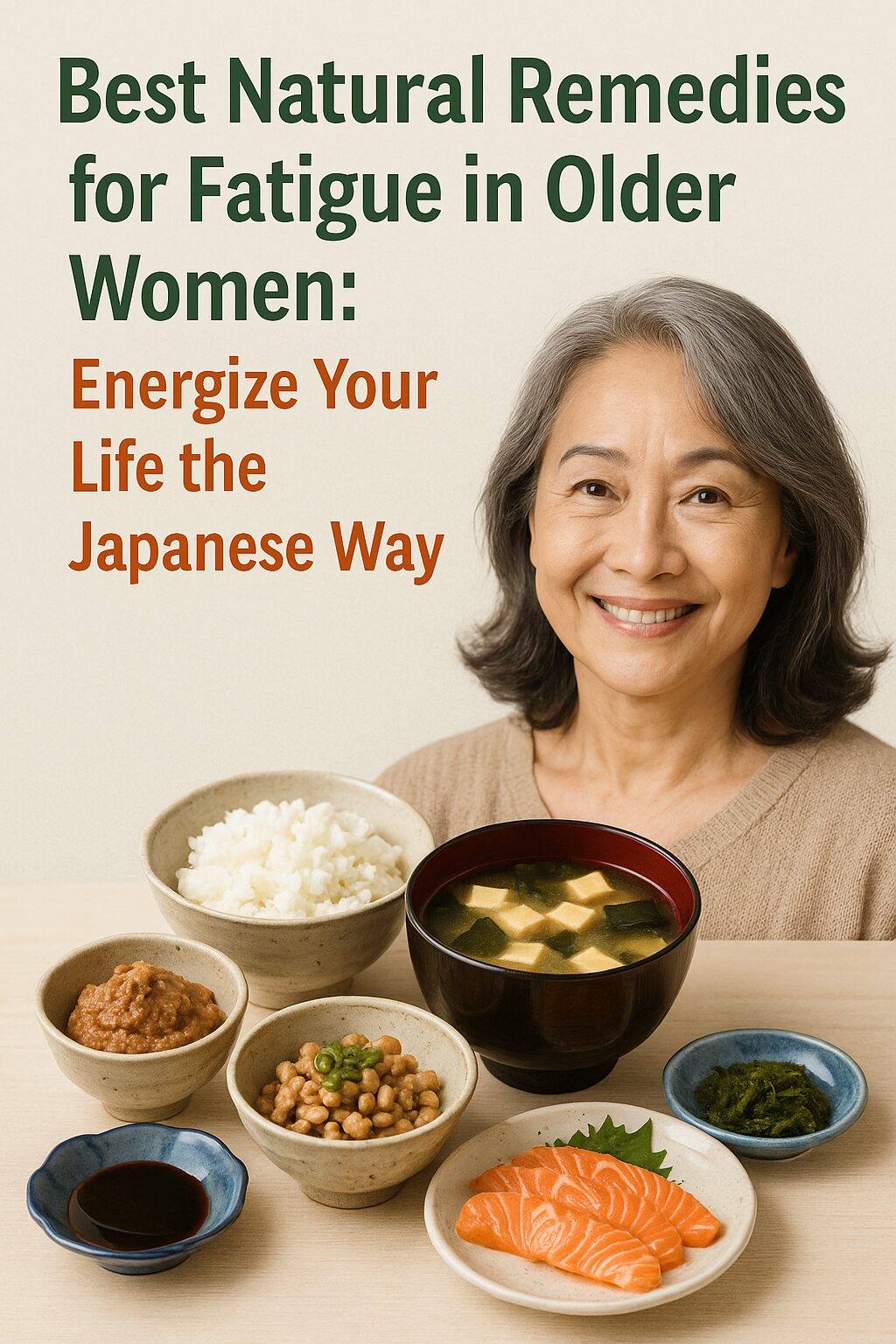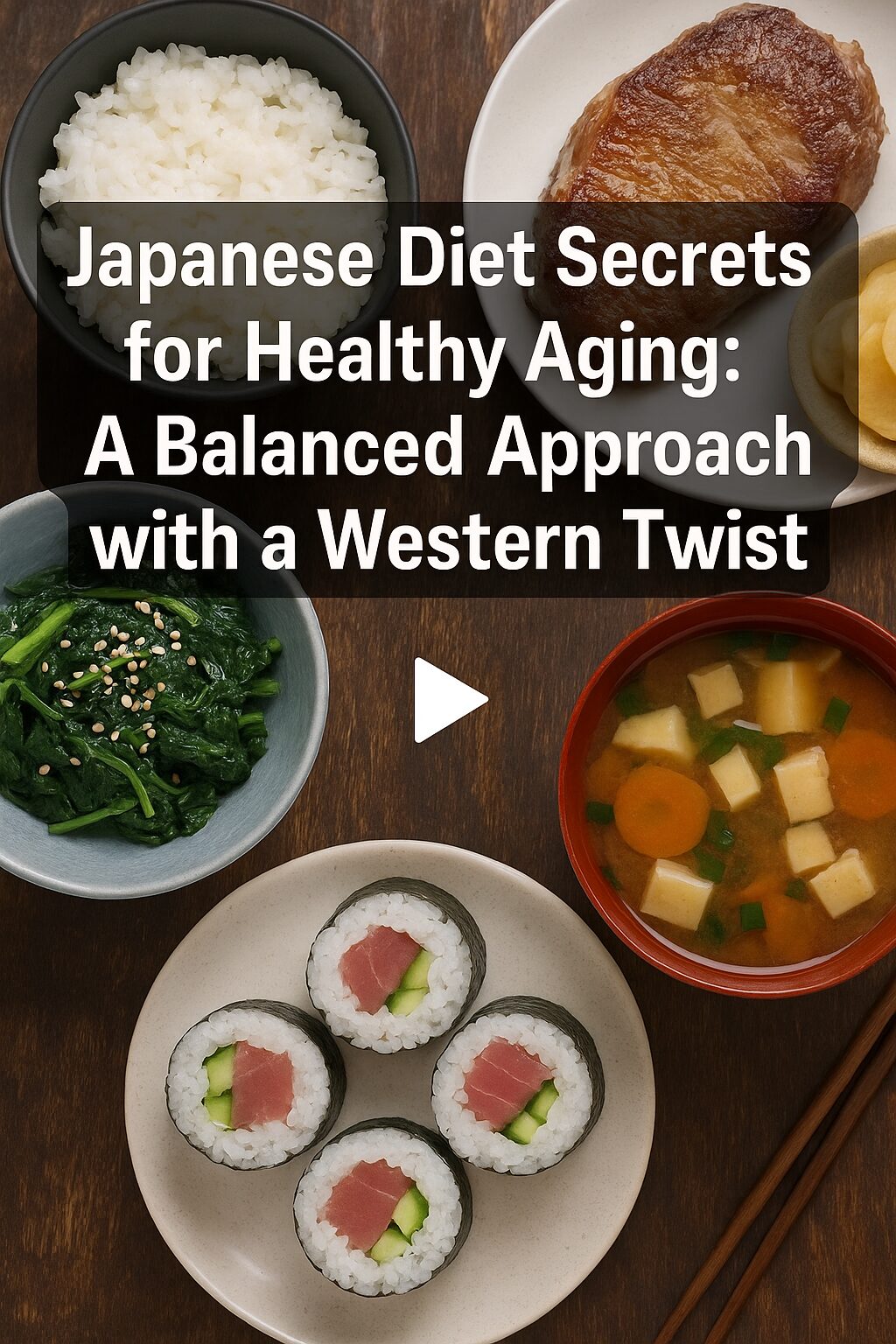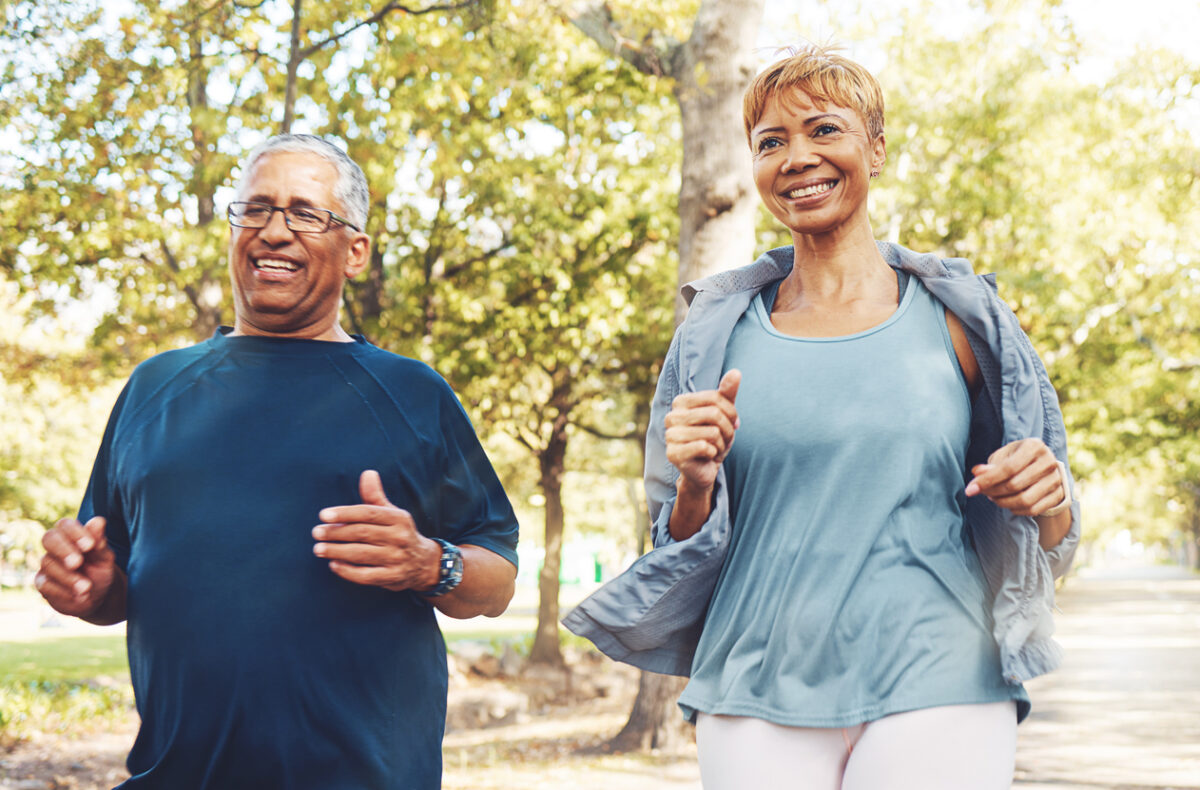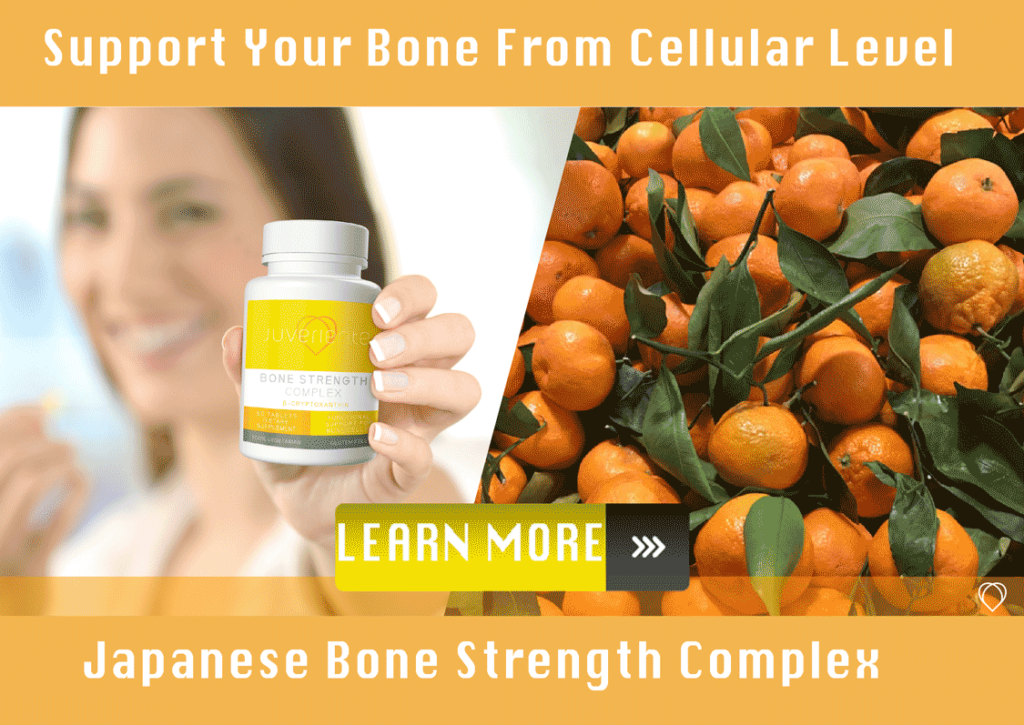Eating healthy doesn’t have to mean spending hours in the kitchen. For women over 50, especially those juggling work, family, and energy changes due to age, cooking every day may feel exhausting—or simply unnecessary. The good news? You can still nourish your body and support your long-term health with minimal effort.
Here’s how to eat well without cooking, using smart food choices, simple tweaks, and a little support from science.
Why Cooking Isn’t Always Necessary for a Healthy Diet
Rethinking the idea that healthy = home-cooked
Many of us grew up believing that a healthy meal had to be homemade. But today, the world of nutrition has evolved. With advances in food quality, packaging, and availability, healthy eating is possible even without turning on the stove.
Modern lifestyles need modern food solutions
Time, energy, and physical changes after 50 can make daily cooking unrealistic. Rather than skipping meals or relying on fast food, embracing smarter choices—such as healthy prepackaged meals and nutrient-dense snacks—can help maintain energy, support digestion, and protect bones and hormones.
Best Store-Bought Foods That Are Actually Healthy
Packaged meals with clean ingredients
Look for ready-made meals with:
-
Whole grains like brown rice or quinoa
-
Lean proteins such as grilled chicken, tofu, or lentils
-
Simple ingredient lists with low added sugars and sodium
Brands like Daily Harvest, Sweet Earth, or Amy’s Kitchen offer frozen or refrigerated options with clean labels and plant-based nutrients.
Frozen options that save time and health
Don’t underestimate your freezer. Frozen vegetables and fruits are often flash-frozen at peak ripeness, preserving nutrients. Steamed edamame, cauliflower rice, or mixed stir-fry veggies can be microwaved in minutes and added to any meal.
Pro tip: Keep bags of frozen spinach or berries on hand for smoothies or quick grain bowls.
Easy Ways to Make Ready-Made Meals Healthier
Add fresh toppings like greens or fermented foods
Take any store-bought meal and boost its nutritional value with:
-
A handful of arugula or baby spinach
-
Kimchi or sauerkraut (great for gut health)
-
Avocado slices for healthy fat
These additions require no cooking and elevate the fiber, antioxidants, and flavor of any meal.
Reduce sodium and boost nutrition with small tweaks
Many prepackaged meals are high in salt. You can reduce sodium impact by:
-
Adding water-rich veggies like cucumber or lettuce
-
Diluting soups with low-sodium broth or unsalted beans
-
Avoiding additional sauces or seasoning packets
If you’re craving more flavor, use lemon juice, herbs, or a sprinkle of sesame seeds.
Supplements That Help Fill the Nutritional Gaps
When meals aren’t enough, smart supplementation matters
Even with the best food choices, certain nutrients may still fall short—especially in women over 50. Bone density, hormonal balance, and overall vitality can benefit from targeted supplements that complement your food-based nutrition.
Natural support for bone and hormonal health from Japan
In Japan, women tend to experience milder menopausal symptoms and lower osteoporosis rates than in Western countries. One key reason: their diet includes fermented soy isoflavones, which help support hormone balance and bone strength.
Juveriente® Effisoy® is a unique menopause supplement inspired by this traditional wisdom. It uses fermented soybean extract (aglycone isoflavones) to naturally support the body’s hormonal functions without synthetic hormones.
Likewise, Juveriente® Bone Strength Complex includes mandarin orange extract rich in beta-cryptoxanthin, a compound shown to help maintain bone health and reduce inflammation.
You can explore both products here on Amazon or learn more from Juveriente’s official site.
Small Daily Habits That Support Long-Term Health
Hydration, movement, and mindful eating
Food is just one piece of your health puzzle. You can enhance the benefits of your no-cook diet by:
-
Drinking enough water (aim for 6–8 cups per day)
-
Taking short walks after meals to aid digestion
-
Eating slowly and with awareness—this supports metabolism and prevents overeating
Stay nourished even with a simple routine
You don’t need fancy recipes to feel energized and age gracefully. With a stocked fridge, a few nutrient-rich extras, and the right supplements, you can build a low-effort routine that feeds your body and supports your well-being.
Final Thought
Eating healthy without cooking isn’t lazy—it’s smart. By choosing quality convenience foods, upgrading meals with small additions, and relying on trusted natural supplements, you can take care of your health—even on your busiest days.
You deserve nourishment that fits your life—not the other way around.
Take the essence of fermented soy (miso) through a natural supplement!
Fermented soy is a staple of the Japanese cousin mostly as “miso soup”, and it is one of the secrets of anti-aging of Japanese women and the high life expectancy in Japan. Fermented foods are often hard to eat for people of other dietary cultures. But you can take the essence easily through the supplement.
